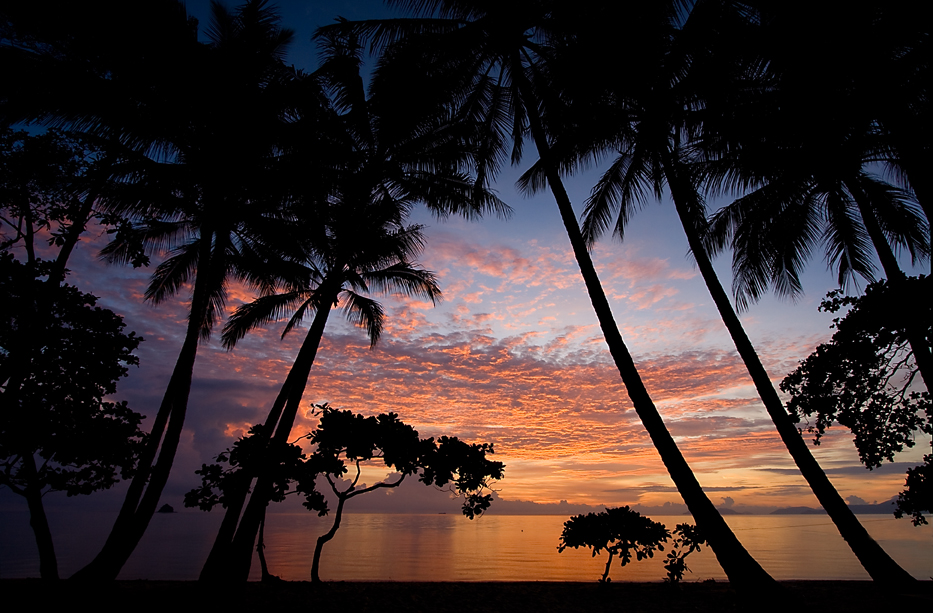Sugarcane and the Wet Tropics: Reading the Georgic Mode and Region in John Naish’s Farm Novel The Cruel Field (1962)
Keywords:
John Naish, georgic, pastoral, farm novel, seasons, harvests, sugarcane, farmersAbstract
Many critics consider the pastoral ideal as key to understanding Australia’s rural development and therefore interpret regional literature as either supporting or working against that ideal. However, this approach is problematic for a farm novel centred on labour and a harsh reality. This essay introduces the georgic mode as a new interpretative framework. In a reading of John Naish’s The Cruel Field (1962), I identify georgic conventions of the harvest, seasons, labour, harsh conditions, heroism, and farming instructions. These conventions convey insights into the wet tropics bioregion of the mid-twentieth century. Regional insights arise from depictions of sugarcane, seasons, rainforest, Indigenous people, and women. I argue that sugarcane farming and Indigenous fishing align with the georgic mode. My inclusion of Indigenous fishing extends concepts of the georgic and subverts a pastoral tradition. Spatial boundaries situate the farm and sea as georgic, and rainforest as pastoral. This delineation recognises human management of country beyond the farm. This essay has repercussions for how ‘the pastoral’ is understood and positions the georgic mode as integral to interpretations of the farm novel. Along the way, I correct a lack of critical attention to the Welsh-migrant writer, John Naish, and build on Cheryl Taylor and Elizabeth Perkins’ research on North Queensland literature to revive and reshape understandings of ‘the North’.
Downloads
Published
Issue
Section
License
The copyright for articles in this journal is retained by the author(s), with first publication rights granted to the journal. By virtue of their appearance in this open access journal, articles are free to use with proper attribution in educational and other non-commercial sectors.Attribution-NonCommercial-ShareAlike 2.1 Australia
This work is licensed under the Creative Commons Attribution-NonCommercial-ShareAlike 2.1 Australia License. To view a copy of this license, visit http://creativecommons.org/licenses/by-nc-sa/2.1/au/ or send a letter to Creative Commons, 543 Howard Street, 5th Floor, San Francisco, California, 94105, USA.

